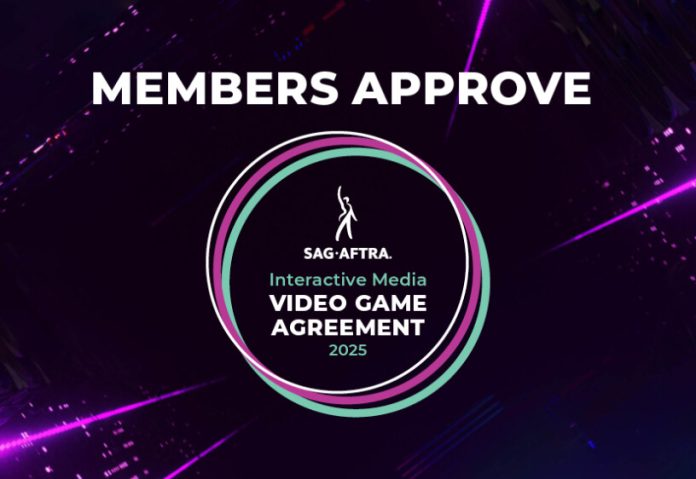SAG-AFTRA workers have officially ended an 11-month-long video game strike and three years of bargaining with major game studios with a new contract that increases compensation for video game workers and establishes new protections from AI. According to the new SAG-AFTRA Interactive Media Agreement, which passed with 95.04% approval, video game performers will receive a 15.17% increase in compensation upon ratification, followed by annual 3% increases for three years starting on November 1, 2025. The agreement also aims to reel in late payment issues, limiting the payment window to 12 business days after services have been rendered.
One of the more contentious issues that was being protested was the increasing use of AI in video games, and to address this, the new agreement requires game studios to get performer consent to use AI to recreate their likeness—for both audio and visual purposes—and it mandates that performers get paid their standard rate when their likeness is recreated by AI for use in a game. There are also workplace safety and comfort provisions, including mandatory rest periods, stipulations for overnight working conditions, a 2× overtime payment rate, and increases to the mandatory contributions to the AFTRA Retirement fund. Overall, much of the agreement aims to make work more sustainable for video game performers. Similar demands are currently being made by the United Video Game Workers Union, which casts a wider net to include programmers and other workers in the video games industry—not just performers.
Ultimately, of the provisions granted by the new agreement, the AI guardrails may be the most significant, since they effectively discourage the use of AI to replace performers, effectively making it so that any games using AI voice acting will be using it to create novel experiences instead of to cut corners or save money. NPCs that use an LLM to “understand” player dialogue and respond naturally, for example, would be one such use case.

